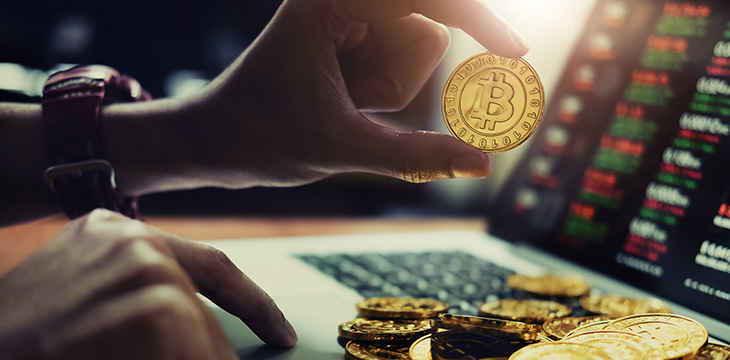|
Getting your Trinity Audio player ready...
|
In an interview with Bloomberg, US Drug Enforcement Agency (DEA) special agent Lilita Infante said that drug dealers no longer constitute the majority of cryptocurrency users. Five years ago, her office found that 90% of crypto transactions were from drug deals. Back in the early days, the dark web was Bitcoin’s biggest client, fuelling the bustling underground economy of the black market through platforms like Silk Road and its lesser known competitor, Sheep Marketplace.
Now it’s the opposite: contrary to drug and trafficking scares against cryptocurrencies, Infante says criminal activity only makes up around 10% of transaction volume, while the majority were from speculators. With authorities closing in on regulatory loopholes by introducing KYC and AML compliance measures to exchanges, illegal activity has greatly inconvenienced and practically purged out of easy cash-out methods.
But she clarifies that criminal activity has increased alongside overall transaction volume.
“The volume has grown tremendously, the amount of transactions and the dollar value has grown tremendously over the years in criminal activity, but the ratio has decreased,’’ Infante said. “The majority of transactions are used for price speculation.’’
Furthermore, Infante wishes criminal did use cryptocurrencies more so they can be tracked by authorities, adding that even privacy-focused cryptocurrencies aren’t immune to their tracking methods.
“The blockchain actually gives us a lot of tools to be able to identify people,’’ she said. “I actually want them to keep using them.’’
Infante isn’t alone in her stance to use blockchains against the criminals who infest them. Early this year, International Monetary Fund (IMF) chief Christine Lagarde said something along those lines, too—“fighting fire with fire,” as she puts it.
“Indeed, the same innovations that power crypto-assets can also help us regulate them. To put it another way, we can fight fire with fire,” Lagarde wrote in a blog post. “Regulatory technology and supervisory technology can help shut criminals out of the crypto world. More broadly, we are seeing crypto-asset exchanges in some countries that are subject to know-your-customer requirements,” she added.
Lagarde ackonwledged that it will take years to implement advances to make the cryptocurrency sphere airtight through other new technologies, such as biometrics and AI. She added that these regulatory measures would require international cooperation, since blockchain transactions break cross-border barriers. Otherwise, enforcement will be impossible.

 01-08-2026
01-08-2026 




